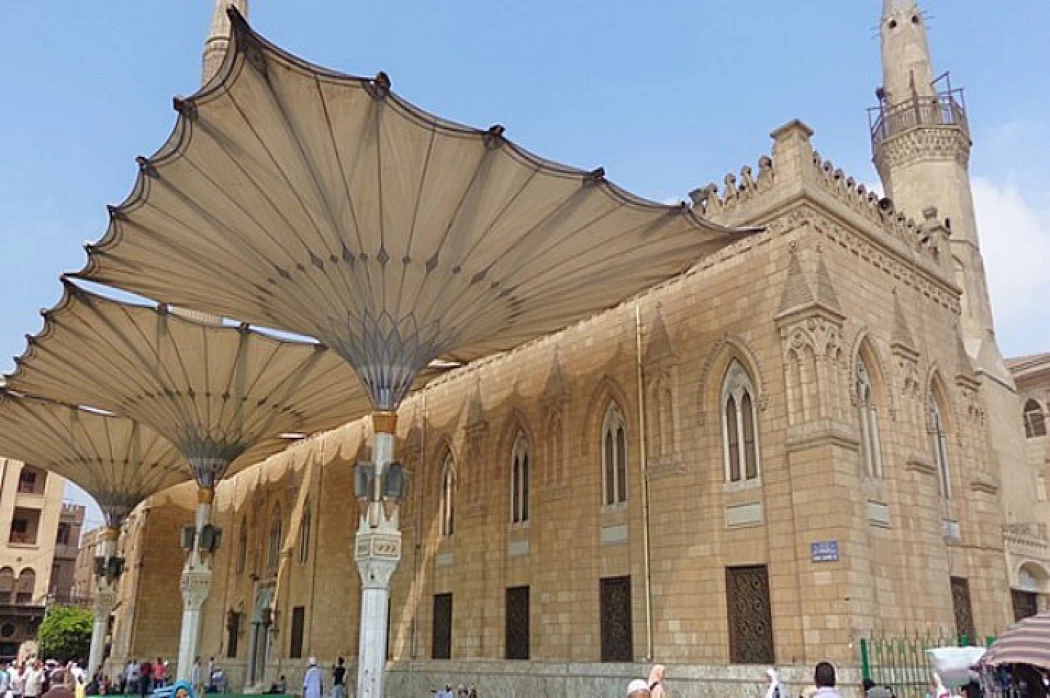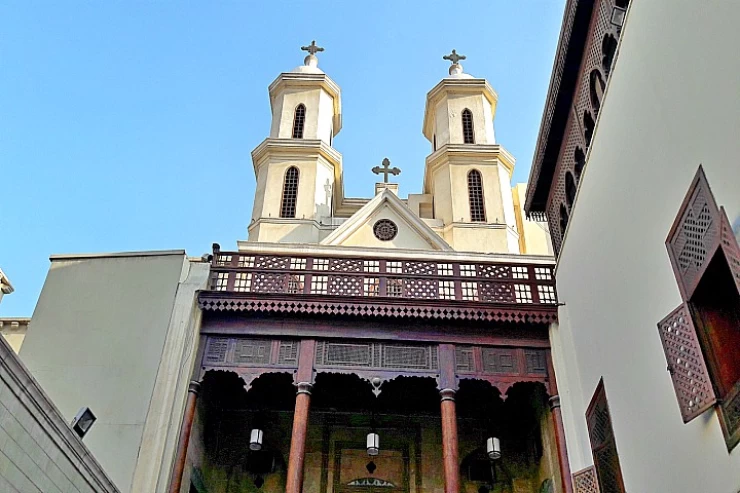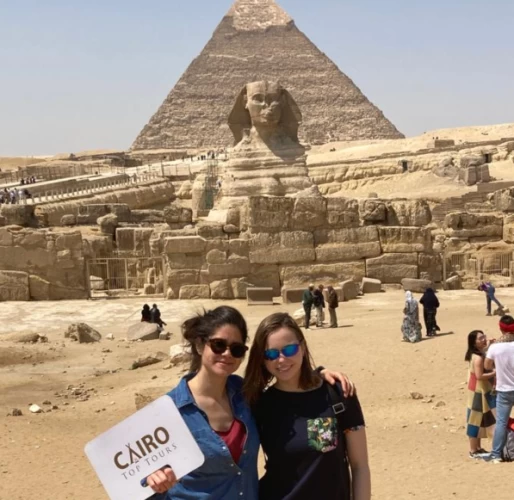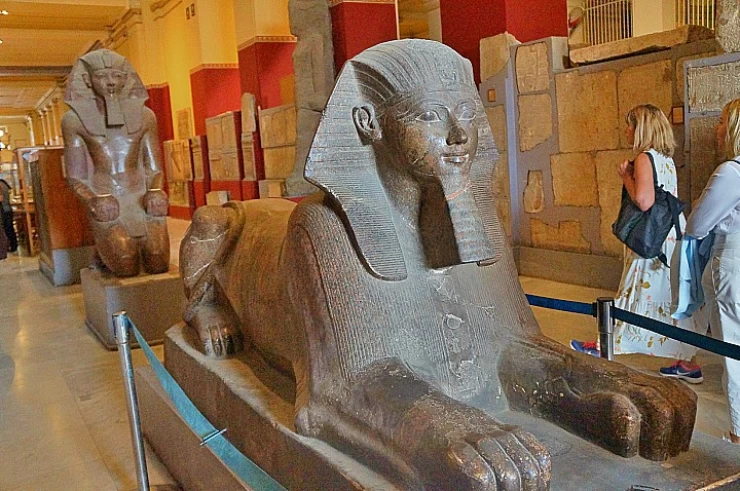
El Hussein Mosque
The most important Islamic holy
The Imam Hussein Mosque is an old mosque in Cairo, Egypt, near the Khan al-Khalili area in the Hussein neighborhood. It is one of the most important Islamic holy places in Cairo and was built during the Fatimid Caliphate in 1154. The mosque contains many important artifacts such as the oldest copy of the Holy Quran.
The mosque was built during the Fatimid era in 549 AH, corresponding to 1154 AD, under the supervision of Vizier Al-Saleh Tala'i, and the mosque has three white marble entrances that face Khan Al-Khalili in addition to the Green Door, which is located near to the dome.
The mosque was named so because people believe that the head of Imam Hussein is buried in it, as many accounts tell that with the beginning of the Crusades, the ruler of Egypt, the Fatimid caliph, feared the honorable head from the harm that might be inflicted on it in its first place in the city of Ashkelon in Palestine, so he sent to request the head to come to Egypt and the honorable head was carried to Egypt and buried in its current location and the mosque was built on it.
The Husseini Mosque is constructed in the Gothic style using red stone, and its minaret is designed in the Ottoman style with two rotations and a cylindrical shape and ends with a cone. The mosque has three doors on the western side, one on the tribal side and one on the marine side leading to a courtyard with a place of ablution.
The mihrab of the mosque, which was constructed in 1303 AH, is composed of fine scraps whose small pieces are made of colored kashani instead of marble. A wooden pulpit with two doors leading to the dome and a third door leading to the relics room, which was constructed in 1311 AH / 1893 AD, where the prophetic relics were deposited, is located next to the mihrab. Inside the mosque is the largest chandelier in the Arab world, weighing up to five tons of crystal made of pure gold, and its pillars are made of pure silver.
Hussein is Hussein ibn Ali ibn Abu Talib, the grandson of the Prophet Muhammad, born in the fourth year of the Hijrah in Medina and grew up in the house of the Prophet, and after the people of Kufa deluded him that they pledged allegiance to the caliphate instead of Yazid ibn Muawiya, he marched to Kufa and at Karbala, the soldiers of Abdullah ibn Ziyad attacked and killed him and his family and cut his head on Ashura in 61 AH, and opinions differed about its location, and it was said that Hussein's head was buried in Al-Hussein shrine in Cairo after being brought from Ashkelon in 1154 AD.
There are six cities where Hussein's head is said to be buried: “Damascus, Raqqa, Ashkelon, Cairo, Karbala and Medina. It was built in 549 AH to house the head of Hussein ibn Ali ibn Abi Talib, and only the door known as al-Bab remains today. The minaret above the door was built in 634 AH at the end of the Ayyubid era and only its square base remains.


















